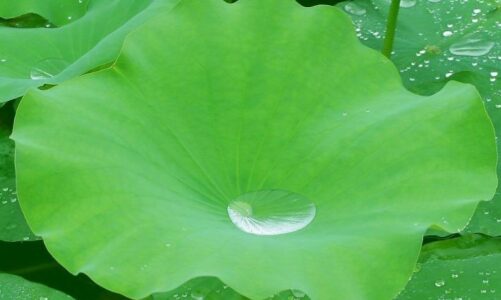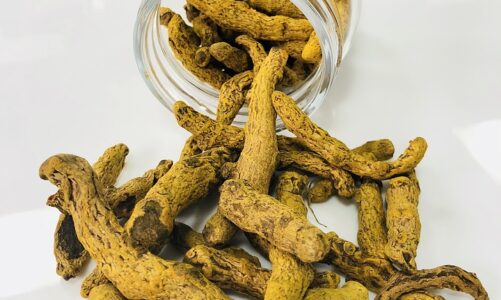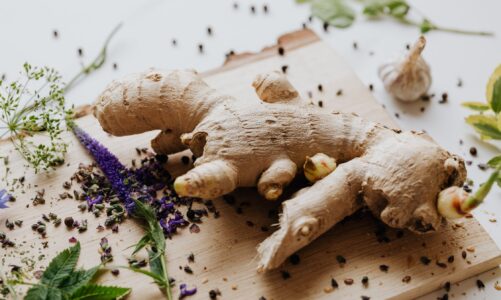Arbutin was originally discovered and extracted by scientists in plants. It can inhibit the production of human melanin, and biological experiments have proved that its use is safe and reliable, and will not cause harm to the human body.
Arbutin can effectively inhibit the biotyrosinase activity in the skin and block the formation of melanin. By directly binding itself with tyrosinase, it accelerates the decomposition and excretion of melanin, thereby reducing skin pigmentation and removing stains and freckles. It is currently the main raw material commonly used in whitening cosmetics.
Arbutin Cosmetic Application
- It can effectively inhibit the production and deposition of melanin, and remove stains and freckles. It is not harmful to normal cells. Furthermore it has moisturizing and bactericidal effects, which can keep the skin shiny and beautiful.
- Studies have shown that alpha arbutin can inhibit the activity of tyrosinase at relatively low concentrations, and its inhibitory effect on tyrosinase is better than beta arbutin.
- The whitening effect of alpha arbutin is about 10 times that of beta arbutin. At the same time, α-arbutin is more efficient and stable than beta arbutin. It is a biologically active whitening and freckle factor.
Arbutin is mainly used in high-end cosmetics as a skin lightening agent and whitening agent.
Application products: whitening, freckle products.
Solubility
Soluble in water, 151g/L (20℃). It is easy to blend with other ingredients in the formula when it is warm (<70℃) or cold.
Stability
When the pH is 4-6.5, it is more stable than other whitening materials in multiple dosage forms such as water, emulsion, ointment, gel, film and aerosol.
Suggested dosage
Safe use of cosmetics ≤5%;The recommended dosage is 0.2%~2%;
Over-the-counter OTC and medicinal burns and scalds for external use ≤10%.
Classification and stability of arbutin
Arbutin can be divided into Alpha arbutin (α-arbutin), Beta arbutin (β-arbutin) and deoxyarbutin (D-arbutin). They have different structures and different properties.
α-Arbutin is similar to β-arbutin, which can inhibit the production and deposition of melanin, and remove stains and freckles. Studies have shown that α-arbutin can inhibit the activity of tyrosinase at relatively low concentrations. Its inhibitory effect on tyrosinase is better than β-arbutin.
Alpha-arbutin and beta-arbutin are actually two isomers of arbutin. Although there are only differences in optical rotation, they differ greatly in extraction difficulty, price, and effect. At present, most arbutin on the market is beta arbutin, and its price is only one-eighth of alpha arbutin, but the whitening effect is only one-fifteenth of alpha arbutin. Both α-arbutin and β-arbutin are water-soluble, and the human stratum corneum is composed of 4 to 5 layers of dead cells, which is more conducive to the absorption of fat-soluble ingredients.
Therefore, deoxyarbutin came into being, which structurally removes all glycosides on the side chains of glycosides, increases the hydrophobicity of the molecule, and exhibits a higher inhibitory tyrosinase activity. Literature has shown that deoxyarbutin is 38.5 times as effective as α-arbutin and 350 times as much as β-arbutin against melanin. It is expected to become a new generation of whitening products.
Studies have found that the chemical properties of alpha arbutin are more stable than beta arbutin. It can be added to various whitening and brightening cosmetics more conveniently. pH=3.5-6.5 is the most stable, the recommended dosage is between 0.2%-5%, and it can be used in all formulations. Maximum safe addition amount is 7%.
Deoxyarbutin can be placed at a low temperature of 8°C for two years. The microbial stability is good. While it can be hydrolyzed to hydroquinone after being placed for 3 months at room temperature and weak acid conditions. In addition, deoxyarbutin is unstable to heat, light and UV irradiation in aqueous solution. Water may promote the hydrolysis of deoxyarbutin to hydroquinone. Therefore, it is recommended to use deoxyarbutin under anhydrous emulsification system.
The safety of α-arbutin is higher than that of β-arbutin. Please note that arbutin should be avoided in the formula with VC, pearl powder and methyl paraben as far as possible. It is best to use a brown bottle to avoid ultraviolet radiation and avoid risks.
Conlusion
Arbutin can prevent the production of melanin by inhibiting the activity of tyrosinase in the body, thereby reducing skin pigmentation, removing stains and freckles, and also has anti-bacterial and anti-inflammatory effects. For a long time, it has been widely used in the cosmetics industry as a functional ingredient for whitening and freckle removal.
As a natural active ingredient of plant extracts, it is in line with people’s mentality of returning to nature and pursuing pure natural quality. It will have a very broad market as a cosmetic additive.



